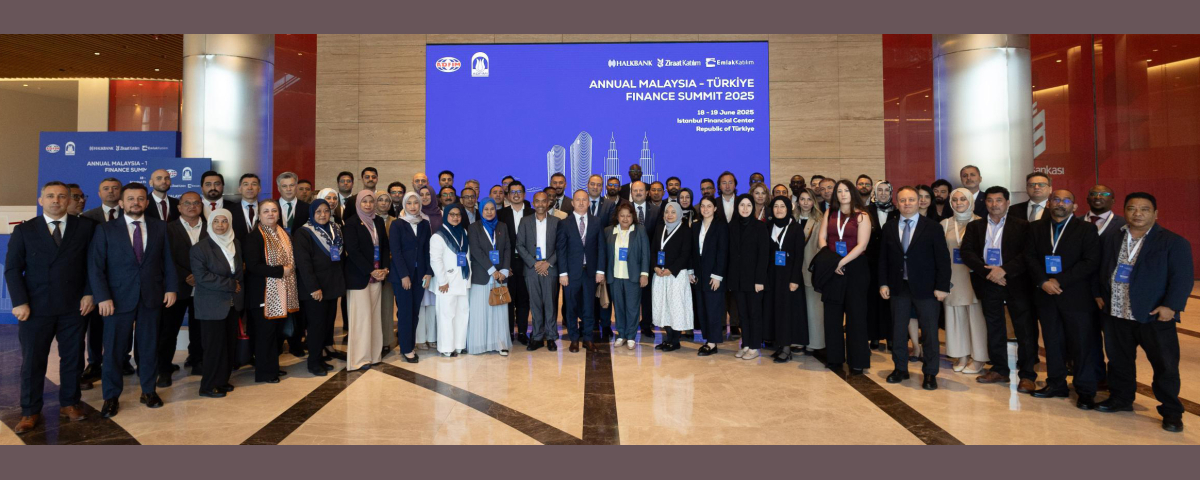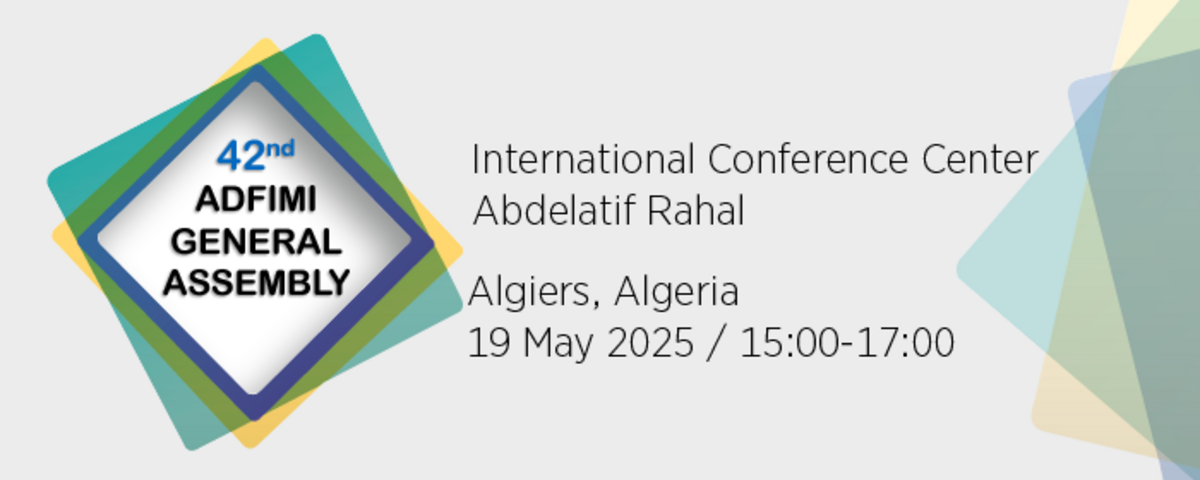Identifying Constraints to Financial Inclusion and Their Impact on GDP and Inequality
IMF Working Paper No. 15/22:
A Structural Framework for Policy Author/Editor: Era Dabla-Norris ; Yan Ji ; Robert Townsend ; D. Filiz Unsal
Summary: We develop a micro-founded general equilibrium model with heterogeneous agents to identify pertinent constraints to financial inclusion. We evaluate quantitatively the policy impacts of relaxing each of these constraints separately, and in combination, on GDP and inequality. We focus on three dimensions of financial inclusion: access (determined by the size of participation costs), depth (determined by the size of collateral constraints resulting from limited commitment), and intermediation efficiency (determined by the size of interest rate spreads and default possibilities due to costly monitoring). We take the model to a firm-level data from the World Bank Enterprise Survey for six countries at varying degrees of economic development—three low-income countries (Uganda, Kenya, Mozambique), and three emerging market countries (Malaysia, the Philippines, and Egypt). The results suggest that alleviating different financial frictions have a differential impact across countries, with country-specific characteristics playing a central role in determining the linkages and trade-offs between inclusion, GDP, inequality, and the distribution of gains and losses.
Full Text: http://www.imf.org/external/pubs/cat/longres.aspx?sk=42649.0


.jpg?id=4_638)



